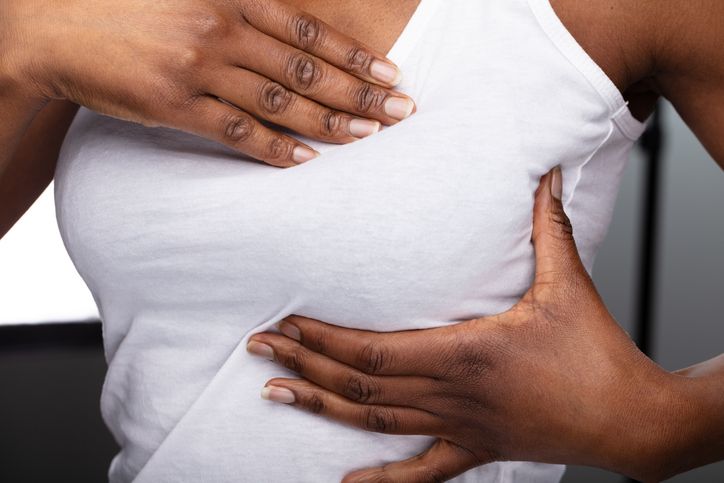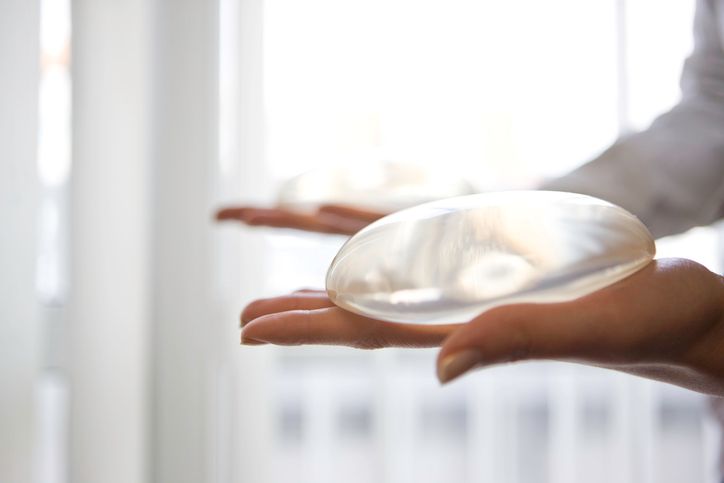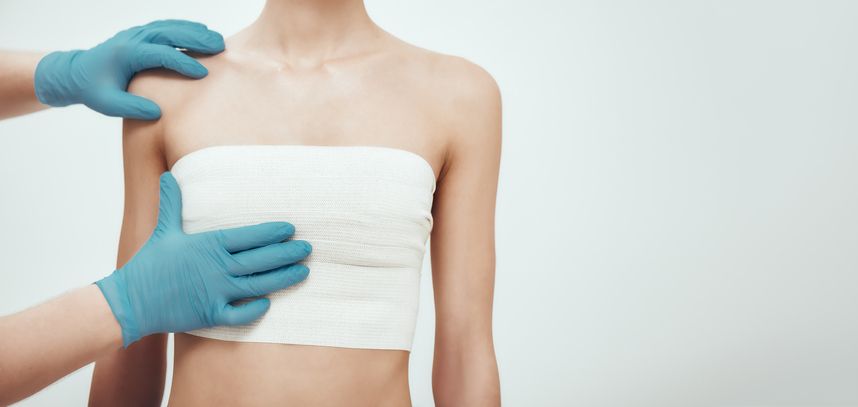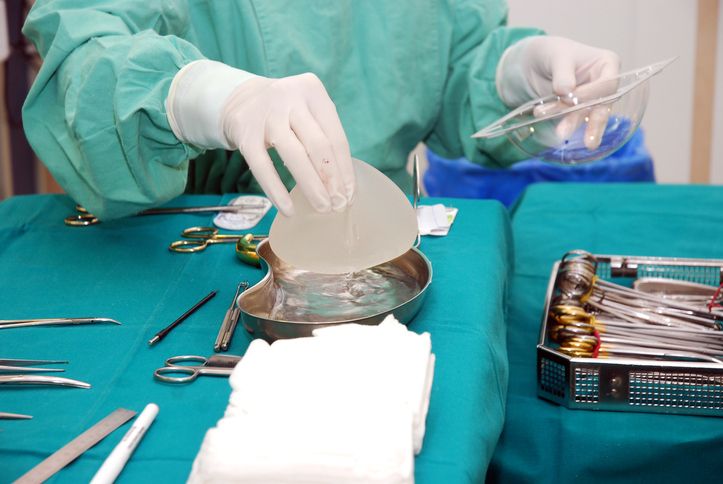
作者: Puteri Fikri|更新:2024年1月2日
Are you considering breast implants? Learn about the potential risks and complications, including implant rupture, infection. Get informed before you decide.
1
Breast implants in general

Breast implants are medical devices that are surgically implanted in the breast tissue to increase breast size and form. They are frequently used for cosmetic purposes, such as enhancing the appearance of the breasts, but they can also be used for reconstructive purposes after a mastectomy or other breast surgery. Breast implants are constructed of a silicone shell that is filled with either saline or silicone gel and are available in a range of forms, sizes, and textures to match the demands of each individual.
Breast Implant Options
When it comes to silicone breast implants though, there are various options to consider. One critical choice is whether to use saline or silicone implants. Saline implants are less expensive than silicone implants because they are filled with sterile saltwater solution. In contrast, silicone implants are filled with a cohesive silicone gel that feels more like genuine breast tissue. Another option is the shape of the implant, which can be round or teardrop-shaped for a more natural appearance. The surface texture of the implant can also vary, with smooth or textured choices available. Personal preferences, body type, and medical history should all be considered before selecting a breast implant, which should be discussed with a trained plastic surgeon.
Recovery Time Following Breast Implant Surgery
Recovery time following the surgery varies according to the individual and the degree of the procedure. Most people can anticipate some soreness, edema, and bruising in the days following surgery. To help control these symptoms, pain medicines and compression garments may be advised. It is also critical to avoid intense activities or heavy lifting during the first few weeks of recuperation in order to give the body time to recuperate. Most people can return to work and routine activities within a week or two, however full recovery may take many weeks. Follow-up visits with the plastic surgeon will be required to monitor the healing process and ensure that no issues arise.
2
Side effects of breast implants

Breast implants have been a popular cosmetic procedure for women who want to increase their bust size or rearrange their breasts following surgery. While many women have reported great outcomes and increased self-esteem as a result of breast implants, there are also potential side effects and difficulties. These side effects of breast pain might range from slight discomfort to major health hazards. In this post, we will look at some of the most frequent adverse effects of breast implants and what you should know before undergoing this treatment. While breast implants can provide women the ideal appearance and increase their self-confidence, they are not without hazards. One of the most serious dangers linked with breast implants is the possibility of long-term health repercussions. Women who receive breast implants may be more likely to develop autoimmune illnesses such as lupus or rheumatoid arthritis, and some studies have revealed a probable relationship between breast implants and an increased risk of certain forms of cancer. Furthermore, breast implants can interfere with the detection of breast cancer during mammograms, delaying diagnosis and treatment. Breast implants, in addition to significant health hazards, can have psychological repercussions on women. Breast implants may cause sadness, anxiety, or body dysmorphic disorder (BDD) in certain women. BDD is a mental health disease that causes people to obsess over perceived defects or abnormalities in their appearance, causing severe anguish and impairment in daily functioning. There are options for removal and reversal for women who have had negative side effects or difficulties as a result of their breast implants. Breast implant removal is a surgical operation that involves the removal of the implants as well as any surrounding scar tissue. Women who have had difficulties, such as infection or implant rupture, may need to have their implants removed to avoid potential health risks. In certain situations, women may choose to have the implants removed owing to unhappiness with the appearance or discomfort caused by the implants. Breast implant reversal is another option for ladies who want to remove or modify their breast implants. This surgery entails removing old implants and replacing them with new ones, or contouring the breast tissue without the use of implants. Women may choose breast implant reversal for a variety of reasons, with factors including changes in body form or personal preferences. Overall, it is critical for women to be aware of the potential risks and consequences connected with breast implants before undergoing this treatment. Consulting with a knowledgeable plastic surgeon and learning the pros and downsides of breast implants can help women make informed decisions about their bodies and health. If you are suffering bad side effects or difficulties from your breast implants, it is critical that you consult with your doctor about your choices for removal or reversal.
3
Things you need to know before deciding

If you are considering breast implants, you should be aware of the potential dangers and difficulties. Breast augmentation surgery is a complex treatment that includes inserting silicone or saline-filled bags into the breasts to increase their size or form. While many women have reported excellent outcomes and increased self-esteem as a result of breast implants, there are also potential hazards and consequences.
The rupture of the implant
Implant rupture is one of the most prevalent complications related to breast implants. This occurs when the implant tears or develops a hole, allowing the filling to leak out. Implant rupture can cause pain, edema, and changes in breast form. In some circumstances, surgery may be required to remove the burst implant and replace it with a new one.
Infection within the breast
Infection is another possible side effect of breast implants. This can happen if bacteria enter the body during surgery or if the implant becomes contaminated over time. Infection symptoms can include fever, redness, and soreness around the breasts. Antibiotics may be administered in some cases to treat the infection, but surgery may be required to remove the implant if the infection is severe.
Breast implant-associated anaplastic large cell lymphoma
Breast Implant-Associated Anaplastic Large Cell Lymphoma is one of the most significant complications associated with breast implants. (BIA-ALCL). This is a rare type of cancer that has been related to textured breast implants. Swelling, chest discomfort, and lumps around the breast are some of the symptoms of BIA-ALCL. If you have textured breast implants and have any of these symptoms, you should contact your doctor as soon as possible.
Breast implants vs breast cancer
Breast implants are not known to cause breast cancer directly. They can, however, make detecting breast cancer during routine mammography screenings more challenging. Breast implants can cast shadows on mammography pictures, making it more difficult for radiologists to spot microscopic cancers. As a result, women who get breast implants may need additional imaging tests, such as an ultrasound or an MRI, to ensure that any breast cancer is caught early.
4
Breast reconstruction

In fact, breast implants can help breast cancer survivors after a mastectomy (surgical removal of the breast) as part of breast cancer treatment. Breast reconstruction with implants can help a woman's breast form and size, as well as her self-esteem and quality of life. Breast reconstruction can be performed concurrently with the mastectomy (immediate reconstruction) or subsequently. (delayed reconstruction). A breast mound is created with a breast implant or a tissue flap during the reconstruction operation. (a piece of tissue taken from another part of the body, such as the abdomen or back). Breast implants of various varieties, including saline-filled and silicone-filled implants, can be used for breast reconstruction. The type and size of implant are determined by parameters such as the woman's anatomy, desired goal, and overall health. To summarize, it is critical to be aware about the potential risks and consequences connected with breast implants before making a decision. Consulting with a knowledgeable plastic surgeon and learning the pros and downsides of breast implants will help you make an informed decision about your body and health. Before undergoing this surgery, be sure to discuss any concerns or questions you may have with your doctor.
5
Breast implants removal procedures

Breast implant removal, also known as reversal, is a surgical technique that includes removing breast implants from the body. The precise approach will be determined by the specific instance and the grounds for removal or reversal. The following is a general summary of how the technique is normally carried out:
Administering anesthetic
Prior to the procedure, the patient will be given anesthetic to ensure that they are comfortable and pain-free. This can be either general anesthesia, which renders the patient unconscious, or local anesthetic, which simply numbs the skin around the area being operated on. In order to access the implant, the surgeon will create an incision in the breast. If the initial incision is not suitable, a new incision can be made.
Implant removal
The breast implant and any surrounding scar tissue will be carefully removed by the surgeon. If the implant is still in good condition, it can be removed in one piece. The surgeon will remove the implant and any loose filling material if the implant has ruptured. To verify that all of the implant material has been removed, the surgeon may need to remove some of the implant shell the surrounding breast tissue in some circumstances.
Closing the Incision
Sutures or surgical tape will be used to close the incision after the implant and surrounding tissue have been removed. A sterile dressing will be applied to the incision. If a patient requests a third breast augmentation surgery or implant reversal, the surgeon may take additional efforts to sculpt the breast tissue or put new implants. Excess tissue may be removed or existing tissue reshaped to achieve a more natural breast shape. Following the surgery, the patient will be observed in a recovery room until the anesthetic wears off. To help control any discomfort or pain, pain medication may be provided. To ensure adequate healing and recovery, the patient must carefully follow post-operative care guidelines. It is critical to understand that breast implant removal or reversal is a major surgical surgery with risks and potential problems. Before deciding on a treatment, patients should meet with a knowledgeable plastic surgeon and carefully assess the pros and drawbacks.



